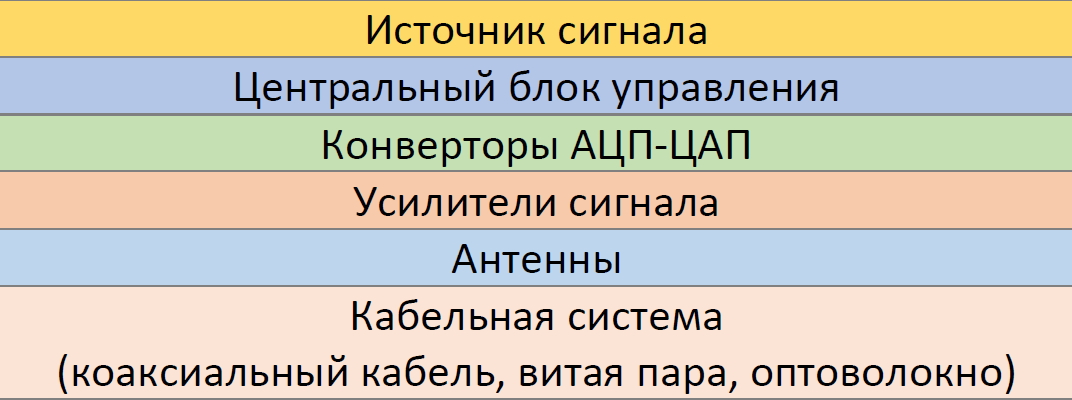
The time when mobile phones were used mainly on the street is irrevocably gone. According to statistics, today about 80% of mobile traffic is generated and consumed indoors. Unfortunately, indoor coverage is not always as good as outdoor coverage.
Signal quality inside buildings is influenced by many factors. If you do not take into account such obvious things as the remoteness of cell towers and the coverage map of the operator itself, then these factors are the floor plan, building materials, equipment that creates interference. There are many negative factors, and this leads to the fact that 41% of employees of various companies are faced with indoor cellular communication problems. Now there are several ways to solve the problem.
But more on that later, and now let's talk about why it should be solved at all. Well, an employee cannot use his cell phone, think, a problem. In fact, this is really a problem, since business, its efficiency, is closely related to cellular communications.
First of all, we are talking about the Internet of Things and 5G. These technologies are extremely important, but poor indoor coverage can reduce their effectiveness. If an industrial enterprise where IoT is being actively implemented in conjunction with 5G, there are interruptions in communication, this can cause equipment failure, the failure of which was not noticed in time, interruptions in supply or shipment, etc. These are just a couple of examples, in fact there are more.
Overall, sustainable cellular coverage is now needed for millions of buildings around the world.
What to do?
Use In-Building Coverage technology. It includes several areas, the main of which are small base stations and distributed antenna systems (DAS).
Small base stations
This is the name given to base stations with low power consumption, which provide communication in a small area, both outdoors and indoors. Small cells have all the basic characteristics of conventional base stations and are ideal for LTE advanced and 5G networks.
There are several types of small base stations:
- Femtocells. Small mobile base stations, which are designed to provide high-quality communication coverage of premises, both residential and non-residential. Their coverage area is very small - from 10 to 50 m.
- . , , , , . — 100 250 .
- . 500-2500 . . , ..
There are not many disadvantages to this technology, but they are sensitive. Thus, most small base stations work with only one mobile provider, they are almost always a proprietary solution of the provider itself. In addition, this equipment supports a small spectrum of frequencies.
Distributed Antenna Systems (DAS)

These are used to amplify the cellular signal in regions where, for whatever reason, the operator's coverage is not very good. There are three types of distributed antenna systems - active, passive and hybrid.
Passive DAS

There are no active electronic components here. The system uses amplifiers and wired infrastructure. A coaxial cable is used to transmit the signal to the floors. Accordingly, the scope of passive DAS is due to the limitations of the length of coaxial lines.
It is recommended to install passive DAS in small buildings.
Active DAS

The input radio signal is converted to optical signal at the input. This process takes place at the central control unit or at the base transceiver station. The signal is transmitted via fiber optic to internal active antennas, which have a built-in remote control unit.
These antenna systems are ideal for large buildings and structures such as long tunnels or skyscrapers.
Hybrid DAS

A coaxial system, active electronic components and remote control units are used. Coaxial cable runs over floors to bypass restrictions.
Hybrid DAS can also be used in large buildings and structures. They are cheaper than active ones with similar parameters.
What do we offer?
Zyxel has developed an easy to deploy and affordable solution for mid-sized buildings.

The developed solution includes several elements:
- Powerful modules with specialized use of CAT5 technology. When using expanders, the maximum distance between base and remote unit is doubled. Each system supports multiple frequency channels / operators.
- SymmRepeater is a radio frequency signal repeater. It allows you to transmit a signal over a distance of 400 meters without losing its power. Works at 4G speed, there is a web interface and remote control and monitoring tools.
Zyxel Networks invites you to participate in a short survey on indoor and building cell signal enhancement. The survey will take a maximum of three minutes. There will also be raffled prizes (for more details, see the survey page).
